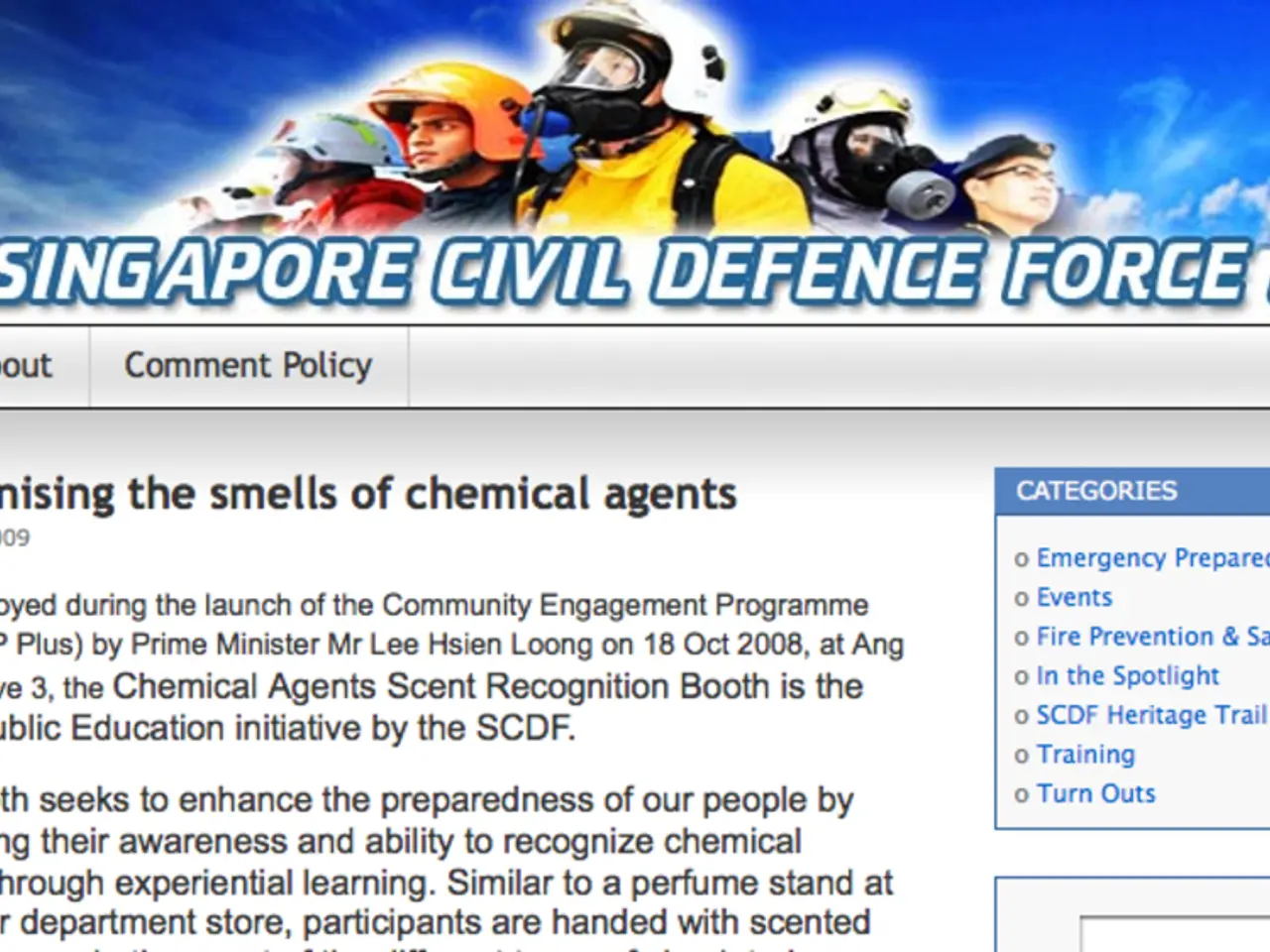Navigating WordPress: A Guide to Targeted Page Navigation
In the digital world, where competition is fierce, it's essential to optimize your WordPress website to ensure your key pages receive the attention they deserve. Here's a comprehensive guide to help you effectively push specific pages, improving user experience and search engine optimization (SEO).
Internal Linking Strategy
A strong internal linking strategy is the backbone of a well-structured WordPress site. Link your targeted pages from relevant older posts and cornerstone content using keyword-rich anchor text. This practice not only boosts your SEO by funneling link equity but also enhances user navigation by interconnecting related content into topic clusters or content silos [1][2][4].
Site Performance Optimization
Site speed is crucial for both user experience and SEO. Utilize caching plugins like WP Rocket or W3 Total Cache, image compression tools such as WebP format with Smush or ShortPixel, and a content delivery network (CDN) like Cloudflare to ensure your site loads quickly [1][2][4].
Mobile-Friendly Design
With Google's mobile-first indexing, it's essential to ensure your site is mobile-friendly. Implement responsive design and easy navigation to provide an optimal user experience on all devices [1].
Schema Markup and SEO Plugins
Add schema markup for your key pages using SEO plugins like RankMath or Yoast SEO. This enhances search engines’ understanding of your content and increases chances of appearing in rich snippets, driving more clicks [1][3]. If certain pages should not be indexed, use noindex tags to prevent low-value or test pages from showing in search results, allowing focus on important pages [3].
Automating Internal Linking
Tools like LinkWhisper can automate internal linking suggestions, making it easier to maintain a consistent linking strategy as your site grows, improving both user and search engine crawling efficiency [2][4].
Social Media Promotion
Sharing links to important content on social media platforms like Facebook, Twitter, or Instagram can promote those pages. Engaging posts summarizing content and highlighting its value should be crafted for social media promotion [5].
Monitoring and Adjusting Strategy
A thoughtful approach and regular monitoring are essential for ensuring that specific pages receive the attention they deserve and contribute positively to overall site goals. The strategy for pushing specific pages should be adjusted based on the data collected [5].
Experimenting with Content Types
Experimenting with different content types is important for understanding what resonates with the audience [5]. Relevant keywords should be used in page titles and headings for SEO [6].
Goal Setting and Tracking
Set up goals in Google Analytics to measure the success of pushed pages. Google Analytics can be used to track traffic, engagement rates, and user behavior on specific pages [6].
Improving Placements
Testing different placements for buttons and banners is a way to improve the strategy for pushing specific pages [5].
User Feedback
Soliciting feedback from users can help understand what content they find most valuable [5].
Community and Evaluation
The productivity of a community is determined by various factors, including communication, shared goals, and active participation. Regular evaluation of which pages are performing well and which aren't is necessary for continuous improvement [7].
Meta Descriptions and SEO
Compelling meta descriptions should be created to encourage clicks from search engine results [6].
Traffic Analysis
Google Analytics can be used to track traffic sources to see how visitors are reaching the pages [6].
Internal Linking and URL Masking
Internal linking can connect pushed pages with other relevant content on a site. Masking URL for a subdomain in WordPress can be achieved using specific methods [8].
Removing Polyfill and Media Enhancements
Removing polyfill from WordPress is not recommended due to its importance in ensuring compatibility across various browsers. Images or videos can make social media posts more visually appealing [9].
Call to Action
A call to action should be included in social media posts to encourage users to click the link [9].
By following these steps, you can collectively improve user experience by ensuring smooth navigation and fast-loading pages while strengthening SEO signals to prioritize your key pages [1][2][3][4].
Technology plays a significant role in optimizing WordPress sites, with caching plugins like WP Rocket or W3 Total Cache serving to enhance site performance [1][2][4]. Furthermore, utilizing schema markup and SEO plugins like RankMath or Yoast SEO helps search engines better understand content, potentially increasing chances of appearing in rich snippets [1][3].




